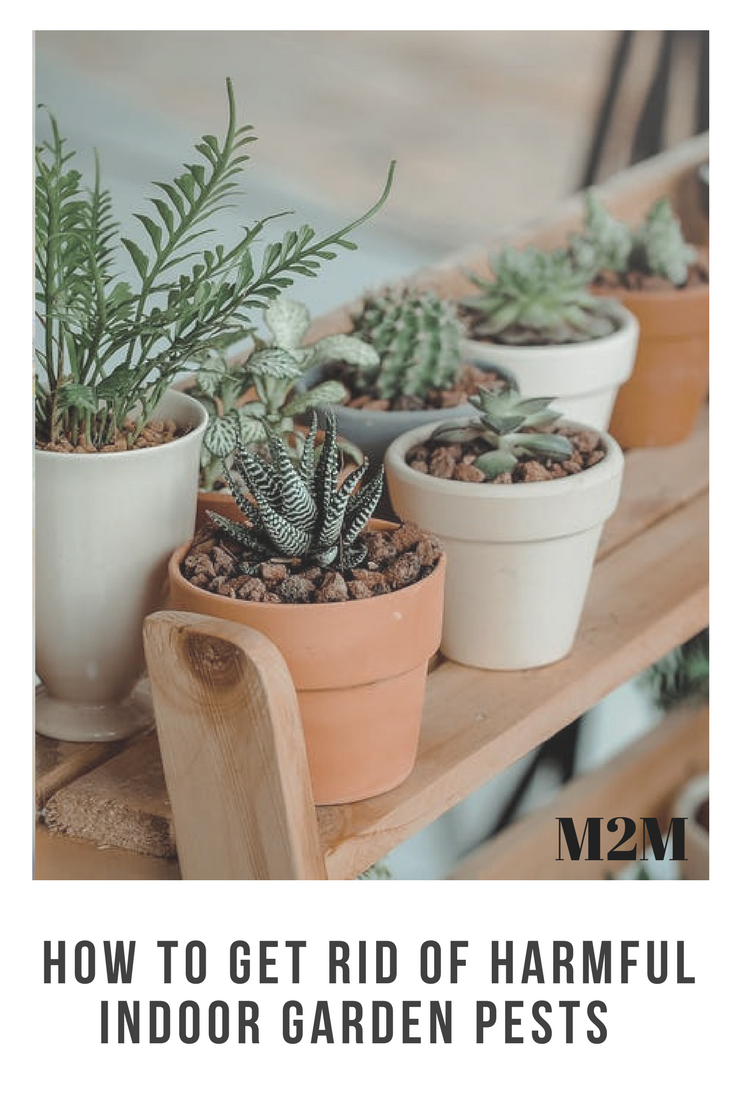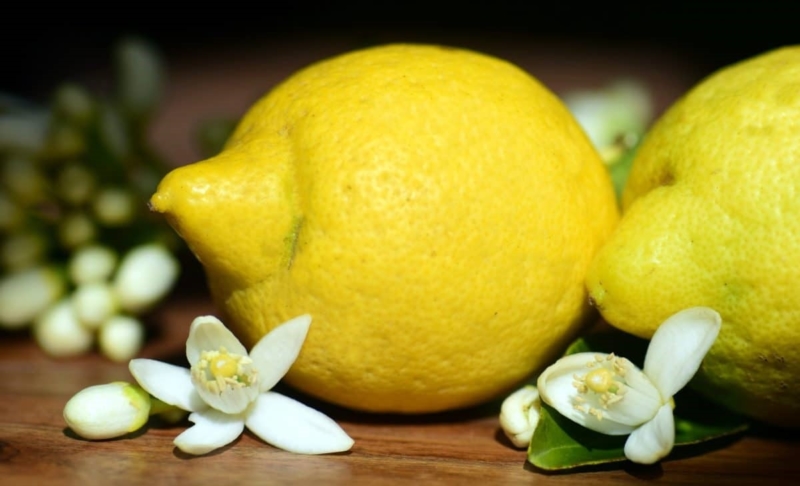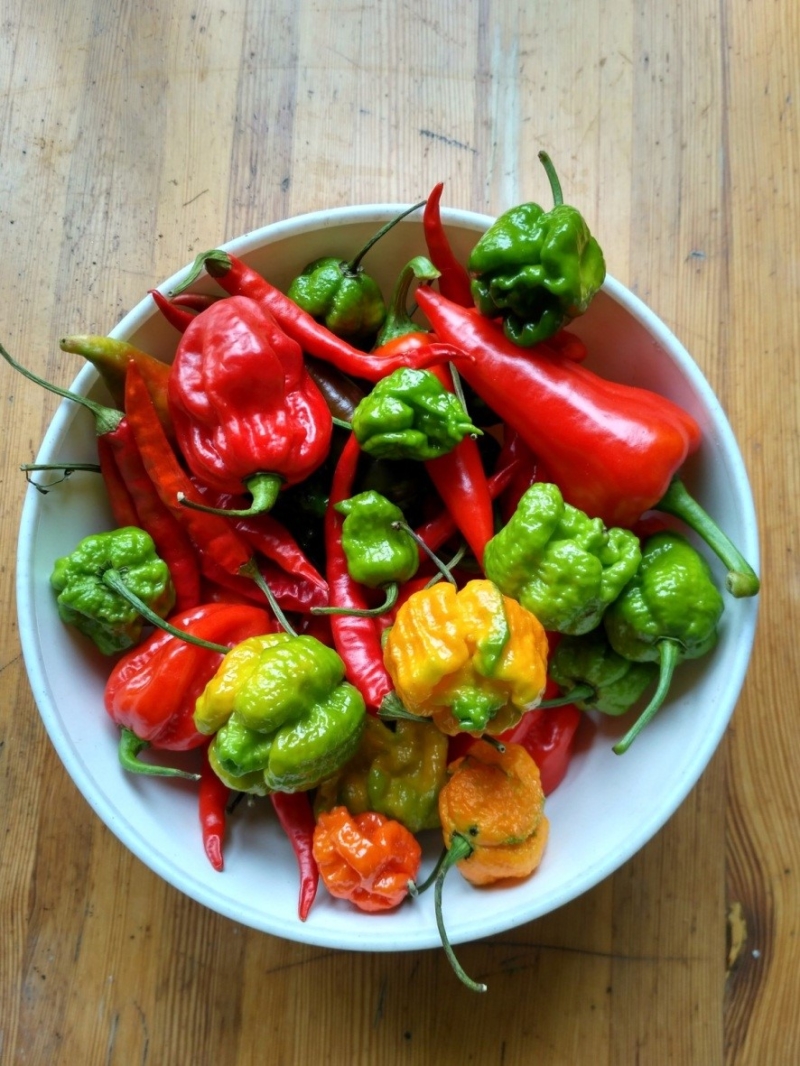
Gardening is a very popular hobby among many people today. It seems to be an easy task for most people thanks to the acceleration of advanced technology. However, gardeners face many challenges. Harmful pests are often at the top of the list. There is no doubt that harmful pests can destroy the garden in a short time. They may include aphids, cabbage maggot, caterpillars, cutworms, fleas etc. If you have plants indoors, harmful indoor garden pest can be a problem there too.
To eliminate harmful pests, there are two treatment methods you can choose from: chemical products and natural repellents. Both can help you remove harmful indoor garden pests. Nonetheless, while industrial products give you very fast results, natural repellents require more consistent application and a little more patience. Check out our tips on how to get rid of harmful indoor garden pests below:
Chemical Products
Nowadays, there are hundreds of items in the market for you to choose from. Fleas are a common issue for many gardeners. There are many chemical based products available to eliminate them. However, you need to bear in mind that these chemicals are potentially harmful for your pets and your own health. There are specific products for indoor and outdoor gardens, so be sure to choose the correct one. To find a safe and effective flea killer for your house, it’s a good idea to ask your vet or else read the online product reviews. Be careful to strictly follow the instructions given with the product.
Homemade Repellents

Homemade repellents are ones you can make yourself with simple, readily available household ingredients. They do tend to be slower to work than chemical methods, but many people prefer them because they are eco-friendly and safer for their health. Ingredients used are usually acidic, such as vinegar or lemon juice. Spices are also used as pests often do not like these either. For instance, pepper, garlic and salt.
Method With Vinegar
Fill one bottle with white vinegar (50%) and water (50%) to kill weeds and grass poking out of the cracks in your concrete. Vinegar can also help kill ants. DO NOT spray vinegar directly on the plants as the high acidity concentration could kill them.
Method With Hot Pepper

Boil together a mixture of 1 tablespoon of pepper and ½ gallon of water for about 15 minutes and let it cool. Strain through cheesecloth and add 1 tablespoon dishwashing liquid. Put into a spray bottle and spray the plants every 5 days.
Other Methods
A mixture of garlic, canola oil and hot pepper is an effective insecticide that works on soft-bodied pests such as aphids, but won’t harm your plants. To make it, mix several cloves of crushed garlic, ¼ cup canola oil, 3 tablespoons hot pepper sauce and ½ teaspoon liquid soap in 1 gallon of water, mix well. Put into spray bottle and shake well before using.
Another insect repellant that you can easily create is made with onions, cloves garlic and pepper. You just need to take the following steps: Puree 4 onions, 2 cloves garlic, 2 tablespoons cayenne pepper and one quart of water. Set aside and dilute 2 tablespoons soap flakes in 2 gallons of water. Add the onion mixture from your blender; shake or stir well.
Your efforts will be wasted if you don’t take any preventative measures. An untidy indoor garden is always at higher risk of pest infestation than a well-cared for one. Follow these simple tips to keep your indoor garden looking beautiful and free of pests.
Control Measures
Keep the garden free of weeds, especially in the early spring when the pests are looking for food. Weeds can become their shelters to escape from our notice. Remove any dead or dying foliage, as this also provides shelter for harmful indoor garden pests.
Use barriers to cover young plants, which are so vulnerable, to prevent them from being harmed.
Delay planting at the end of the season, especially after a mild winter. Pests at the beginning of the season will cause the most damage and their numbers will skyrocket if winter weather is not cold enough to kill them.
Fertilize and water your garden regularly, to promote good, strong, new growth. The healthier your plants are, the better they will be able to stand up to insect damage.
Use yellow sticky traps, available at plant stores, to trap fleas in the garden.
At the end of the harvest season, clear the garden of all debris and rake up the grass in the garden so that pests do not have shelter. Bear in mind that the cleaner and neater your garden is, the fewer pests it will shelter.
Conclusion
In conclusion, there are several ways to get rid of harmful indoor garden pests including eco-friendly repellents and chemical pesticides. Chemicals are useful when you have a large-scale problem on your hands, and need to take emergency measures. However, for long-term prevention and treatment, we’d recommend more natural products, to safeguard the health of your family, pets, and the environment. We hope that you found our harmful indoor garden pests tips helpful.
Author Bio: Richard Clayton
I’m an owner of a small gardening shop. I love gardening, especially lawn care. I can spend all of my free time taking care of my lawn and discussing lawn care experiences with my friends. Especially those who have the same hobby as me. My site, www.mygreenerylife.com is my playground, where I discuss everything about lawn care techniques.




